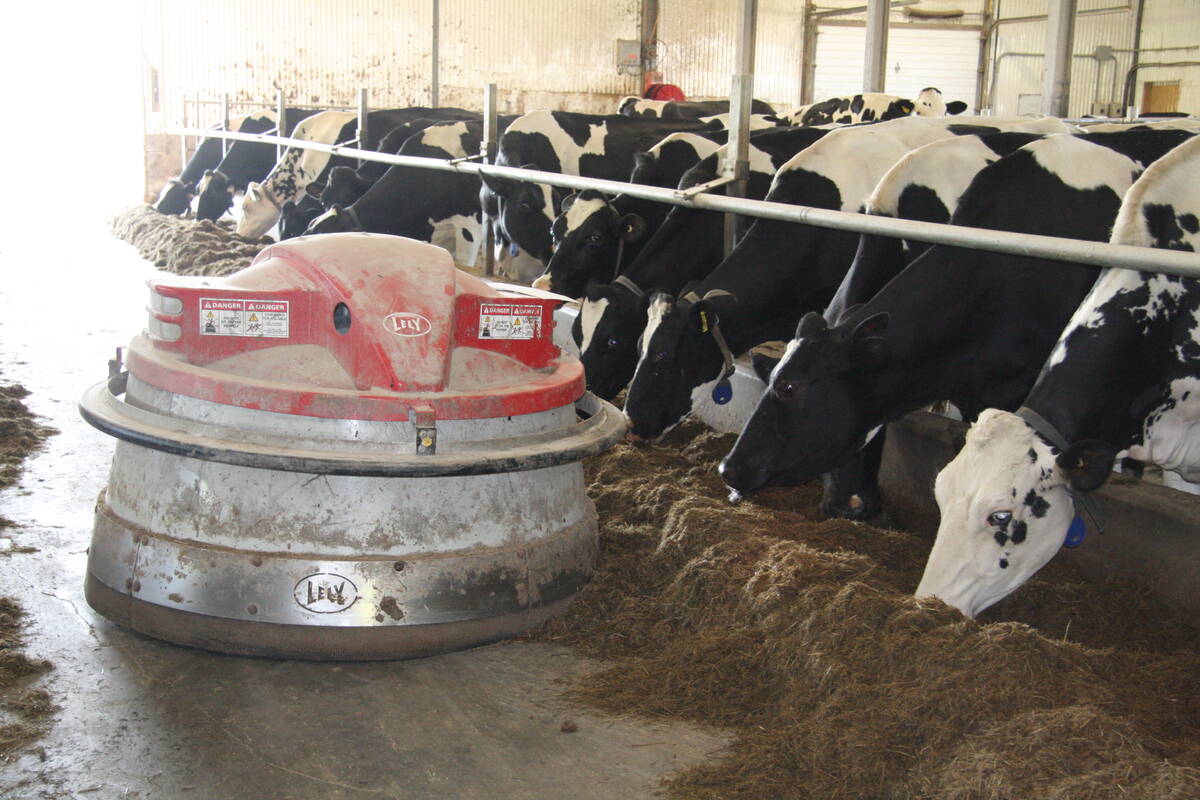RENO, Nev. – The traditional cattle cycle that market watchers have followed like clockwork for the past 70 years is near death.
“The cattle cycle we have all grown up with is on life support,” Randy Blach of Cattlefax told a seminar Feb. 5 at the National Cattlemen’s Beef Association convention in Reno.
As a result, he said producers should not expect the big inventory fluctuations of the past, in which more cattle were produced as prices improved, followed by herd liquidation when prices fell.
The U.S. beef herd has not grown for almost a decade, although modern cattle are producing record levels of beef.
Read Also

Partnerships, communication key to disease management
Communication and strong, trusted partnerships are key to managing infectious diseases like Foot and Mouth Disease and HPAI.
In 2007 about 2.5 billion pounds were produced from a U.S. herd that was 35 million fewer head smaller than the 1970s.
Producers are in a technology cycle where they have improved access to information, better pharmaceuticals and improved nutrition. More live calves are weaned at higher weights than in the past, Blach said.
Average carcass weights are up from 575 lb. in the mid-1970s to 775 lb. in 2007.
Blach said U.S. farm and energy policy does not support growth of the cattle herd. The added cost of production with soaring costs of grain, energy, fertilizer and agricultural land, a weaker dollar and an older group of producers make major expansion unrealistic.
“We have never seen some of the dynamics we have seen today,” he said.
The U.S. cow-calf sector has experienced 10 years of unprecedented profitability while feeders and packers have faced red ink.
U.S. cattle prices remained about the same from 1979-2003, but a major change occurred in the last five years with higher highs but less crushing low points.
From 1980-99 the average profit returned to the American cow-calf operator was $2 per head. In this century, average profit is around $100 per head, said Blach.
The rising cost of production and unpredictable weather have also changed the cycle.
Continuing drought is affecting a large percentage of the U.S. cow herd.
Two years ago, 50 percent of the herd lived in drought stressed regions in the southeast and last year 35 percent of the cow herd was in this situation as the drought moved to the southwest. Cows were killed and more heifers went on feed, indicating a liquidation in inventory.
Another issue is the high price of U.S. land. Between 2003-07 the per acre cost increased 75 percent.
There are also more alternative uses on what was traditionally livestock territory: recreation; oil and gas activity; wind farms and urban sprawl. Blach said urban growth takes nine million acres of land out of production annually.
High input costs in the last five years create more uncertainty. Input prices have increased – 58 percent for hay, 94 percent for corn, 120 percent for pasture, 152 percent for crude oil and 130 percent for nitrogen fertilizer – while the price received for a 750 pound steer increased 23 percent.
Higher calf prices are needed for ranchers to stay afloat when faced with these high costs.
For example, corn prices are expected to be $3 to $5 per bushel this year with the average price higher than $4, said analyst Mike Murphy.
“Corn is going to stay at elevated levels,” he said.
If cattle prices slip and grain increases, producers will need to make changes or risk losing $50 to $60 per head.
They may not like the new arithmetic but if they continue to sell average cattle, they will receive the average price.
Blach estimated an extra $500 to $600 million in value can be added without that much extra work.
Cattlefax research has found specific practices that high return producers follow to stay on top:
- Pay more for better bulls to improve the genetic base.
- Spend more on animal health to get the most from cows.
- Spend more on education to make better decisions.
- Sell preconditioned calves that are healthier and can move into a feedlot with fewer problems. Feedlots will pay more for them because it saves time and labour when animals arrive in good condition.
“They don’t want a bunch of bawling calves coming into their yards. They can’t manage them,” Blach said.
Source and age verification provides more money. Cattle are eligible to go to Japan if birth dates are provided.















